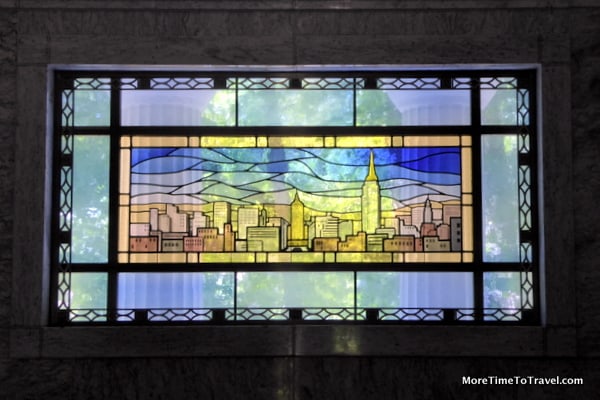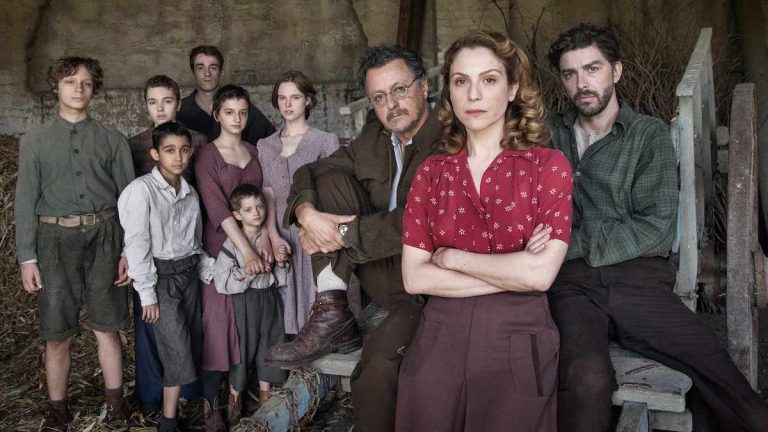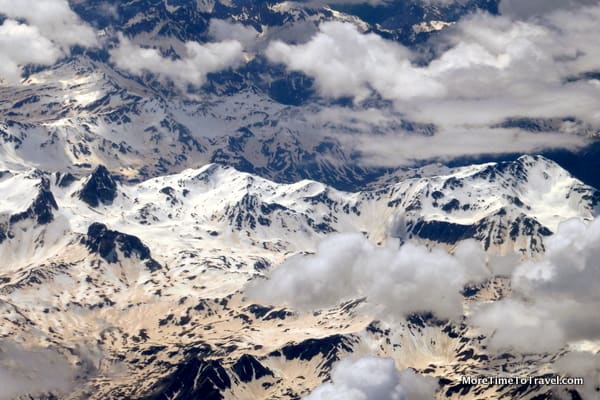The Best Piazzas in Bologna

I was fortunate to meet Laura Bizzari first on Facebook, and then on a trip to Bologna. Laura teaches English to Italians and foreigners at Primo Levi University, a lifelong learning center for older adults.
I have always loved the beautiful piazzas in Italy; there is nothing quite like them in the states. So in one of her classes, Laura asked her students to stretch their English language skills and describe some of the best piazzas in Bologna. Moreover, she asked them to talk about some of the changes they had observed post-pandemic.
Here are some of their “insider” perspectives.
(The post was edited by Silvia Libanore, one of Laura’s talented collaborators at Bologna Connect, a nonprofit that strives to promote Bologna to an international audience.)
The term “piazza” refers to an open, wide space in the heart of a traditional town. Throughout history, it has become evident that piazzas are above all places where people gather, make connections, and share parts of their private and public lives with one another.
The COVID-19 pandemic and the resulting lockdown drastically changed people’s lives and the way they live in the city. Until last year, many piazzas were gathering places for hundreds of persons of all ages until restrictions were imposed to stop the spread of the virus.
People have had to find alternative ways to do these things, for example, meeting up with just a couple of friends in a wide, open space such as a park. Giardini Margherita, Park of Montagnola, and many areas on the hills surrounding Bologna have become more popular than ever before.
Unfortunately, some people have chosen to ignore social distancing measures and gather in secluded neighborhoods and streets far from the traditional meeting points to avoid police checks.
Like so many aspects of pandemic life, the fundamental concept of the piazza seems to also be “on hold” but there is no doubt these vibrant places will come back to life once again after the emergency is over.
Here are five popular piazzas among the many in Bologna, each with a personality of their own:’
Piazza Santo Stefano

Piazza Santo Stefano is one of the most charming areas of Bologna. This pedestrian area in front of the Basilica of Santo Stefano is surrounded by porticos and merchant houses dating back to the fifteenth century. In Italian, it is also called Piazza dell Sette Chiese (Seven Churches Square) because the Basilica is actually a complex of different buildings erected at different times.
A covered walkway through the Palazzo Isolani (Isolani Palace) makes it possible to go from Piazza Santo Stefano to Strada Maggiore, one of the main streets of the city. The piazza often hosts concerts and cultural events and it’s a popular gathering spot for people of all ages thanks to the large number of shops and bars with nice views.
Piazza Giuseppe Verdi

Piazza Verdi is a popular gathering place for young people in Bologna. Located in the University district, it is just a few meters from the city’s two iconic towers. It’s common to find dozens of people sitting around in the square, sharing packed lunches and a beer, going over their notes or making music.
It’s a meeting place for people of different cultures: Students coming out of the study hall in Palazzo Paleotti pass by opera lovers in line to enter the Municipal Theater (Teatro Comunale di Bologna) or people heading towards Via Petroni to find cheap drinks.
Piazza Cavour

As an integral part of the life of the city, piazzas often capture the imagination of the artists who live and create there. Lucio Dalla, the most renowned singer from Bologna passed away in 2012 but he is beloved and celebrated to this day. In 1972, Dalla wrote one of his most famous songs, Piazza Grande, a romantic celebration of a life led with no money but with a heart full of love.
The “Great Square” square in the song is often mistakenly believed to be Piazza Maggiore. But reading the lyrics, it becomes clear that this is not the case, Dalla sings about a square with benches and grass, easily identifiable by locals as the smaller but picturesque Piazza Cavour, near which the singer lived in his youth.
Lucio Dalla on YouTube
Piazza San Francesco

Another popular gathering spot in Bologna, Piazza San Francesco is a pretty wide square with stone benches and flowerbeds flanked by the Basilica of Sant Francis, a fusion of Romanesque and Gothic architecture dating back to the thirteenth century.
In the evening, the place becomes alive with people sitting around sharing a beer or enjoying. a delicious gelato from Cremeria San Francesco. The piazza is part of the so-called Pratello area, known for its lively nightlife.
Piazza Maggiore

Piazza Maggiore is the main square in Bologna, the true heart of the city. It’s surrounded by some of the most important medieval buildings of the town center. Above all stands the Basilica of San Petronio, the fourth largest church it Italy, one of the symbols of Bologna. Not less important are Palazzo d’Accursio, current town hall, or Palazzo del Podesta, with its tower bell that rings every April 21st to remember the liberation of the city at the end of World War II.
The central area of Piazza Maggiore is a raised pedestrian platform in white and pink granite, called crescentone, a name that might allude to the crescente, a traditional Emilian focaccia. Here on the crescentone, the most important events take place: concerts, political rallies and conferences. This is where people gather in Bologna.

Photo credits: Jerome Levine, unless otherwise noted.
Also on MoreTimeToTravel: Piazza Maggiore: A View from Above





